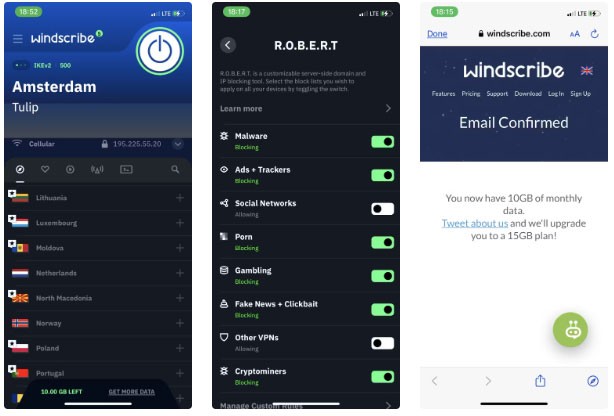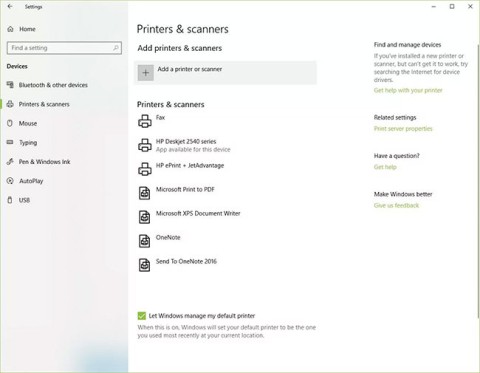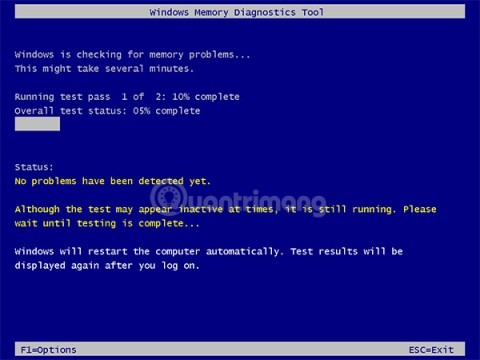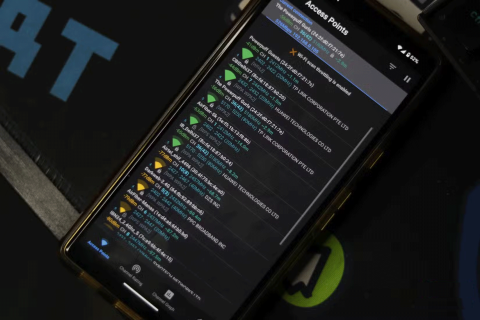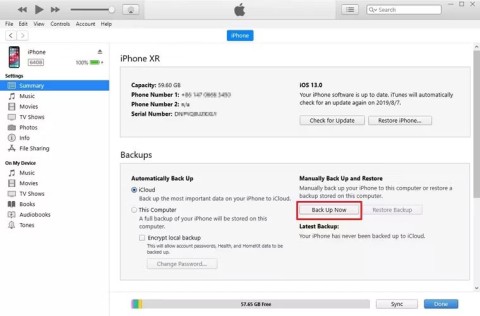Comment récupérer laccès au disque dur, corriger lerreur dimpossibilité douvrir le disque dur

Dans cet article, nous vous expliquerons comment récupérer l'accès à votre disque dur en cas de panne. Suivez-nous !
What is the distance from Earth to Jupiter ? If you don't know, this article will tell you how far Jupiter is from Earth .
Jupiter, one of the three gas giant planets in our solar system. This star is extremely beautiful to see at night because it is always bright but sometimes brighter than usual.
This is a common phenomenon on gas giant planets near Earth, and it will have interesting changes over time.
Let's find out how this happens, why, and what the distance from Earth to Jupiter is!
Jupiter is 365 million miles away from Earth at its closest and 601 million miles away at its farthest. Like all planets, Jupiter has an elliptical orbit around the Sun. This means that the distance between Jupiter and the Sun, and us, is constantly changing depending on where we are in our respective orbits. Sometimes when Jupiter is behind the Sun (where Jupiter, the Sun, and Earth are aligned), it moves as far away as 601 million miles.
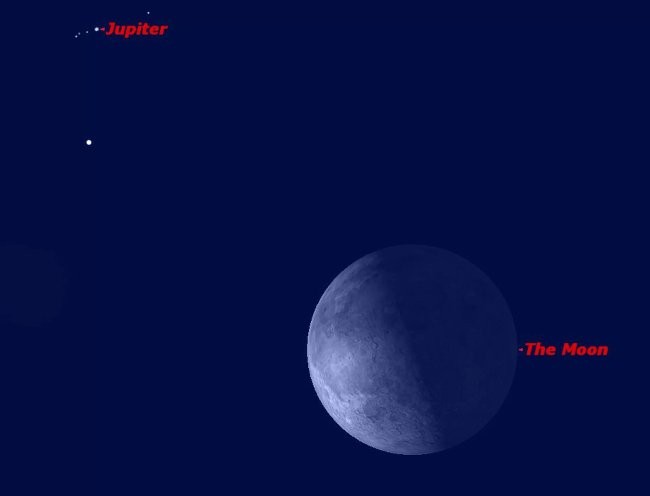 Photo of Jupiter and the Moon on the morning of September 8, 2012. Photo credit: Starry Night software
Photo of Jupiter and the Moon on the morning of September 8, 2012. Photo credit: Starry Night software
Distance from Earth to Jupiter?
Because both planets orbit the Sun on an elliptical path, the distance from Earth to Jupiter is constantly changing. When the two planets are at their closest, Jupiter is only 365 million miles ( 588 million km ) away. At its closest, Jupiter shines so bright that even Venus appears dim in comparison. At its farthest, the gas giant is 601 million miles (968 million km) from Earth.
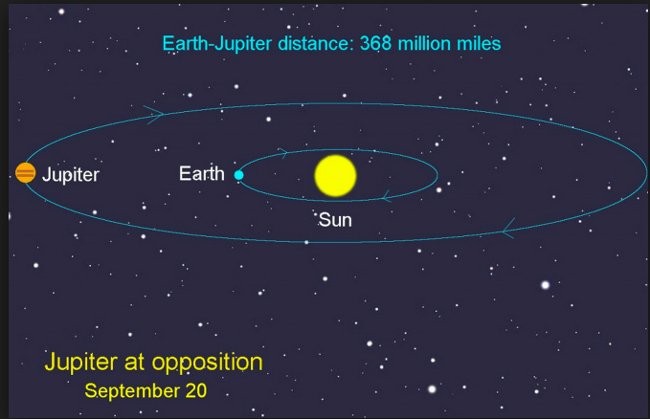
It takes Jupiter 11.86 Earth years to complete one orbit around the Sun. As Earth orbits the Sun, it passes Jupiter every 398.9 days, causing the gas giant to appear to be moving backwards in the night sky. This retrograde motion caused a number of problems for the original center-centered ( or "Copernican" ) models of the Solar System, whose perfect circles did not clearly explain the loops Jupiter and the other planets make. It was not until Johannes Kepler determined that the planets move in ellipses rather than circles that the problem was clarified.
See also: Unknown facts about the asteroid belt
Distance from Jupiter to the Sun?
Moving in elliptical orbits means that the planets are not always at a constant distance from the Sun. At its closest position, or perihelion, Jupiter is 460 million miles (741 million km) from the stars; at its farthest position, or aphelion, it is 508 million miles (817 million km). The average distance from Earth to Jupiter is 484 million miles (778 million km).

As these two planets orbit each other, the system has its own center of mass that is usually located near the more massive object. This is the point around which both planets orbit. So, although the planets orbit around the Sun, both the Sun and the planets actually orbit around the center of mass. This means that the planets have a center of mass not only with the Sun but also with the other planets. However, the giant Sun is located centrally between the center of mass, Earth, and Mercury.
In the Solar System, the center of mass of most solar planetary systems ( Sun-Earth, Sun-Venus, etc. ) lies within our giant star. But because Jupiter is so large, the center of mass in the Jupiter-Solar System is actually outside the diameter of the Sun. It is the only planet whose center of mass does not lie on the Sun's boundary. As Jupiter orbits the Sun, the giant planet tugs on its star. Observing similar motions in other stars allowed scientists to discover some of the first exoplanets.
See also: Discover amazing facts about our cosmic planet
How long does it take to get to Jupiter?
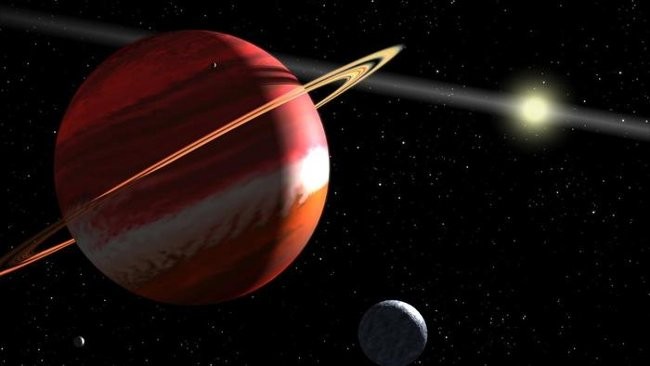
The time it takes for a spacecraft to reach a gas giant depends on a number of factors. The trajectory of a spacecraft often varies, as it flies away from planets, the Moon, and even the Sun to gain speed while using less fuel.
The Galileo spacecraft was launched in October 1989. It took just over six years to reach the gas giant, arriving in December 1995. However, the Galileo spacecraft took a circuitous route, traveling a distance of 2.5 billion miles past Venus, Earth and the asteroid Gaspra to reach Jupiter.
Voyager 1 , on the other hand, took just two years to reach the gas giant. Launched on September 5, 1977, Voyager 1 made its closest approach to the gas giant on March 5, 1979. This was the Voyager mission designed to take advantage of the ideal layout of the outer planets.

The New Horizons mission had a clearer path after its launch on January 19, 2006. On February 28, 2007, it made a flyby of Jupiter en route to Pluto and other dwarf planets. The travel time to Jupiter took just over 13 months.
Juno , launched on August 5, 2011, took five years to reach the gas giant planet, arriving on July 4, 2016.
The European Space Agency plans to launch the Jupiter ICY Moons Explorer (JUICE) to Jupiter in June 2022. JUICE will rely on the gravitational pull of Venus and Earth to make a 7.6-year journey around the gas giant.
NASA said the agency will launch the Europa Clipper spacecraft , to Jupiter's moon Europa, with an expected arrival in 2020. NASA's Space Launch System (SLS) rocket, a successor to the space shuttle, could be ready for launch as early as 2018. Once it leaves the launch pad, it can carry 70 tons of cargo into orbit and reduce travel time from eight years to three years.
“ This is one of those rare cases where time really is money ,” former astronaut John Grunsfeld , associate administrator at NASA’s Science Mission Directorate, shared in July 2015.
The travel time to the gas giant planet for each mission is different, depending not only on the propulsion technology, but also on the order of the planets.
Have fun!
Dans cet article, nous vous expliquerons comment récupérer l'accès à votre disque dur en cas de panne. Suivez-nous !
À première vue, les AirPods ressemblent à n'importe quel autre écouteur sans fil. Mais tout a changé avec la découverte de quelques fonctionnalités peu connues.
Apple a présenté iOS 26 – une mise à jour majeure avec un tout nouveau design en verre dépoli, des expériences plus intelligentes et des améliorations des applications familières.
Craving for snacks but afraid of gaining weight? Dont worry, lets explore together many types of weight loss snacks that are high in fiber, low in calories without making you try to starve yourself.
Rest and recovery are not the same thing. Do you really need rest days when you schedule a workout? Lets find out!
Les étudiants ont besoin d'un ordinateur portable spécifique pour leurs études. Il doit être non seulement suffisamment puissant pour être performant dans la filière choisie, mais aussi suffisamment compact et léger pour être transporté toute la journée.
L'ajout d'une imprimante à Windows 10 est simple, bien que le processus pour les appareils filaires soit différent de celui pour les appareils sans fil.
Comme vous le savez, la RAM est un composant matériel essentiel d'un ordinateur. Elle sert de mémoire pour le traitement des données et détermine la vitesse d'un ordinateur portable ou de bureau. Dans l'article ci-dessous, WebTech360 vous présente quelques méthodes pour détecter les erreurs de RAM à l'aide d'un logiciel sous Windows.
Refrigerators are familiar appliances in families. Refrigerators usually have 2 compartments, the cool compartment is spacious and has a light that automatically turns on every time the user opens it, while the freezer compartment is narrow and has no light.
Wi-Fi networks are affected by many factors beyond routers, bandwidth, and interference, but there are some smart ways to boost your network.
Si vous souhaitez revenir à la version stable d'iOS 16 sur votre téléphone, voici le guide de base pour désinstaller iOS 17 et rétrograder d'iOS 17 à 16.
Le yaourt est un aliment merveilleux. Est-il bon de manger du yaourt tous les jours ? Si vous mangez du yaourt tous les jours, comment votre corps va-t-il changer ? Découvrons-le ensemble !
Cet article présente les types de riz les plus nutritifs et comment maximiser les bienfaits pour la santé du riz que vous choisissez.
Établir un horaire de sommeil et une routine de coucher, changer votre réveil et ajuster votre alimentation sont quelques-unes des mesures qui peuvent vous aider à mieux dormir et à vous réveiller à l’heure le matin.
Get Bathroom Tower Defense Roblox game codes and redeem them for exciting rewards. They will help you upgrade or unlock towers with higher damage.
